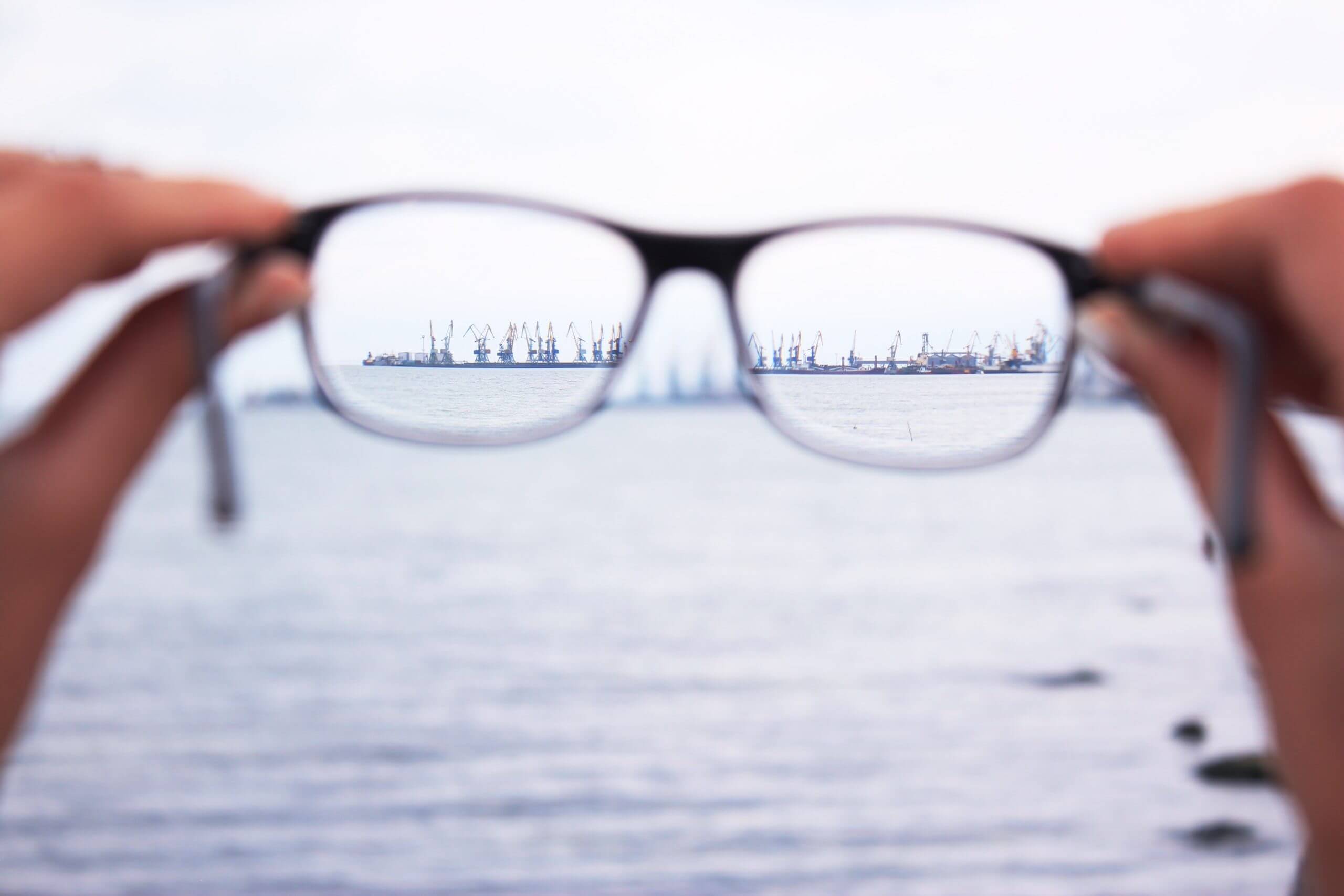
Eyesight – it’s one of those things that we take for granted while we have it. Of course, some people are blessed with 20/20 vision for most of our lives, whilst others experience short-sightedness from a young age. But what no one can escape is that, with age, our eyesight will change.
As much as we might want to fight the signs of ageing in all their forms, changes in vision are unavoidable as we grow older. But what are the normal signs of ageing eyesight – and which signs should be cause for concern?
Keep reading to find out how eyesight changes as we age.
We find it harder to focus
If there’s one symptom of ageing vision we all know about, it’s the inability to focus on items close-up. When we’re young, we’re all bemused by our parents, holding their phone as far away from their face as possible – but the years go by, and before we know it, we’re doing the very same thing!
The condition that causes this is called presbyopia, and it affects all of us eventually, mostly after the age of 40, Presbyopia is the hardening of the eye lens, which becomes less flexible, causing difficulty in focus. This is completely normal – not at all dangerous – and can be treated with reading glasses.
We struggle to adjust to light changes
As we grow older, it is normal that our muscles lose strength. The same apply to the eye muscles, which become weaker with age. This causes the pupils to reduce in size, and therefore become slower to adjust to different lighting. Many people will find that they become more sensitive to bright lights as they age for this very reason.
Our peripheral vision wanes
If you have ever wondered why there is such debate around a maximum driving age, it is because of the issue of peripheral vision. As we grow older, our peripheral vision decreases – by one to three degrees each decade. That means that by the age of 70, our peripheral vision has reduced by between 20 and 30 degrees. Quite a significant amount when you’re behind the wheel!
Colours fade
Don’t worry, the world does not fade into monochrome in old age – but our colour vision does gradually become impaired. This is because the cells in the retina that produce colour vision become less sensitive with age, causing colours to appear less bright. The contrast between different colours will also appear less stark. Blue tones are known to be particularly likely to look faded with ageing vision.
Our eyes get drier
One of the more frustrating symptoms of ageing vision is dry eye. Simply, this is a condition we experience when the eyes are no longer able to produce enough moisture to create fluid in the tear ducts. The result is dry, scratchy eyes. Luckily, though, it can be easily managed with eye drops.
We get ‘floaters’
Floaters are a frustrating part of most people’s daily lives, but as we get older, these irritating spots in our vision become more common. Floaters are caused when the gel-like vitreous inside the eye begins to separate from the retina. This is a normal part of ageing, but if you begin to experience regular flashes of light, you should consult a GP, because this could indicate a detached retina, which is a much more serious problem!
It is inevitable that our vision will change as we age, just like everything else. In most cases – like those listed above – this is nothing to worry about. However, it is important to monitor any changes in your vision, and see an optician and GP regularly to ensure your eyes are in good health.
